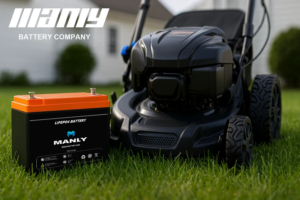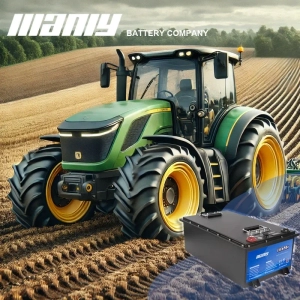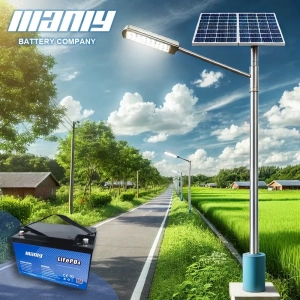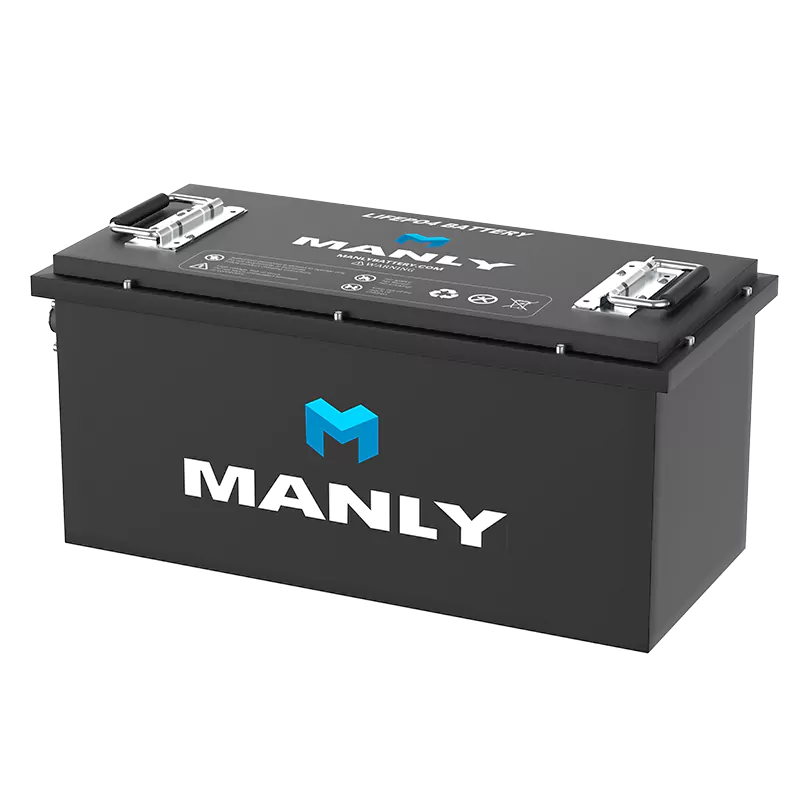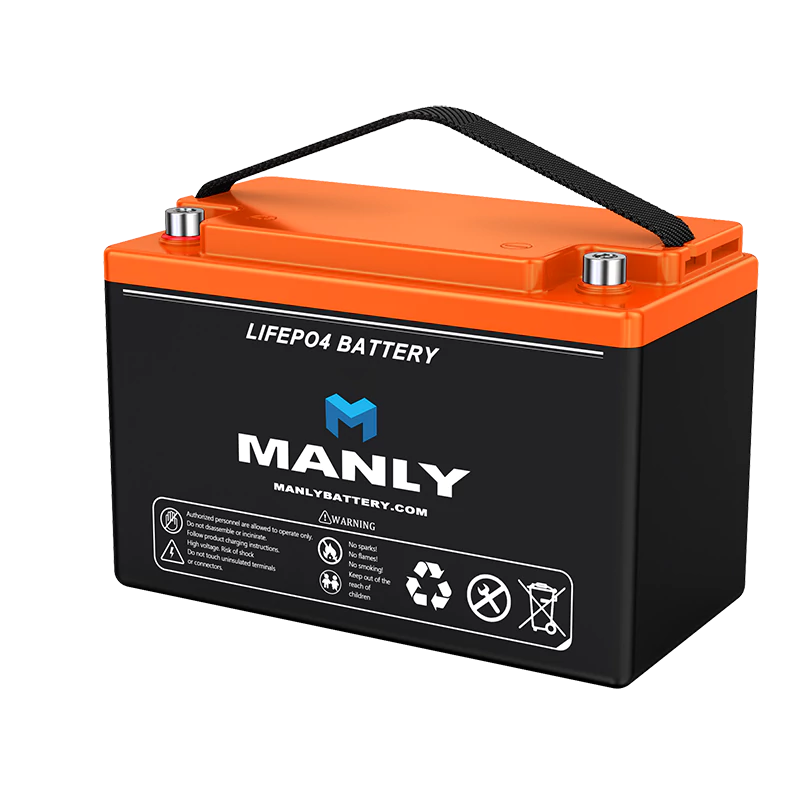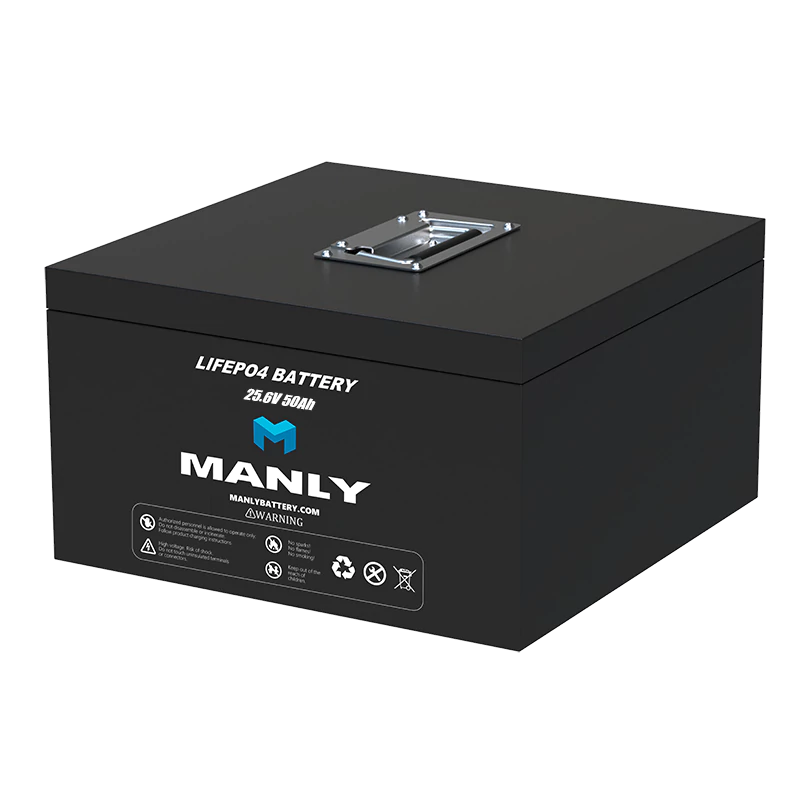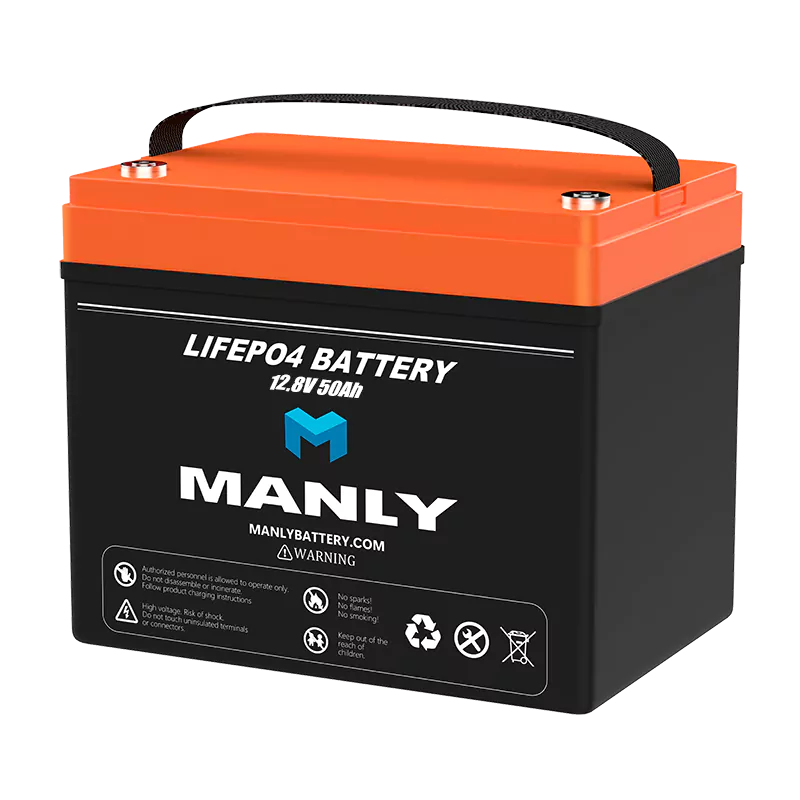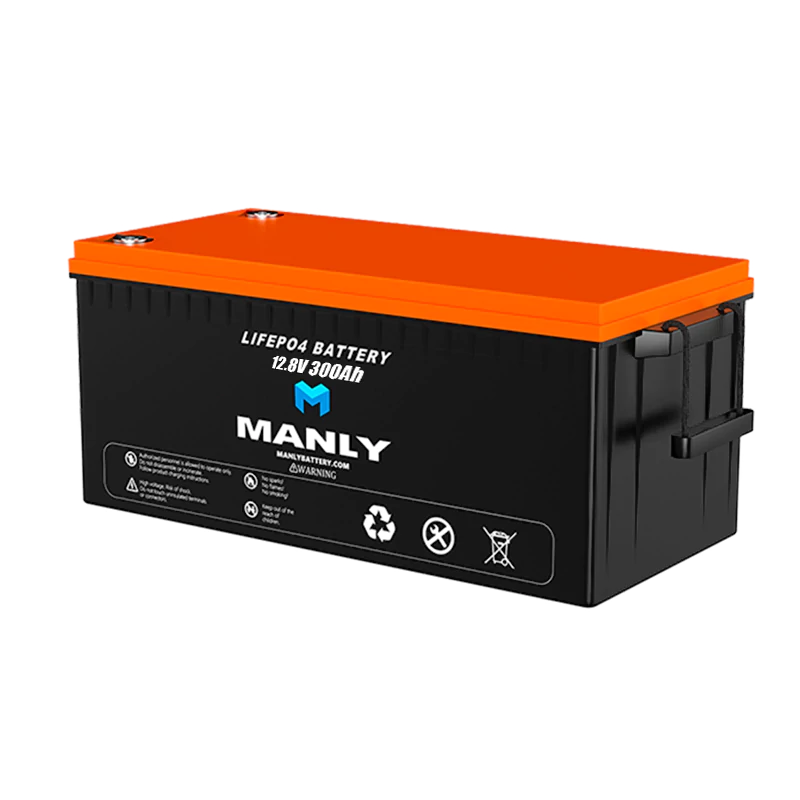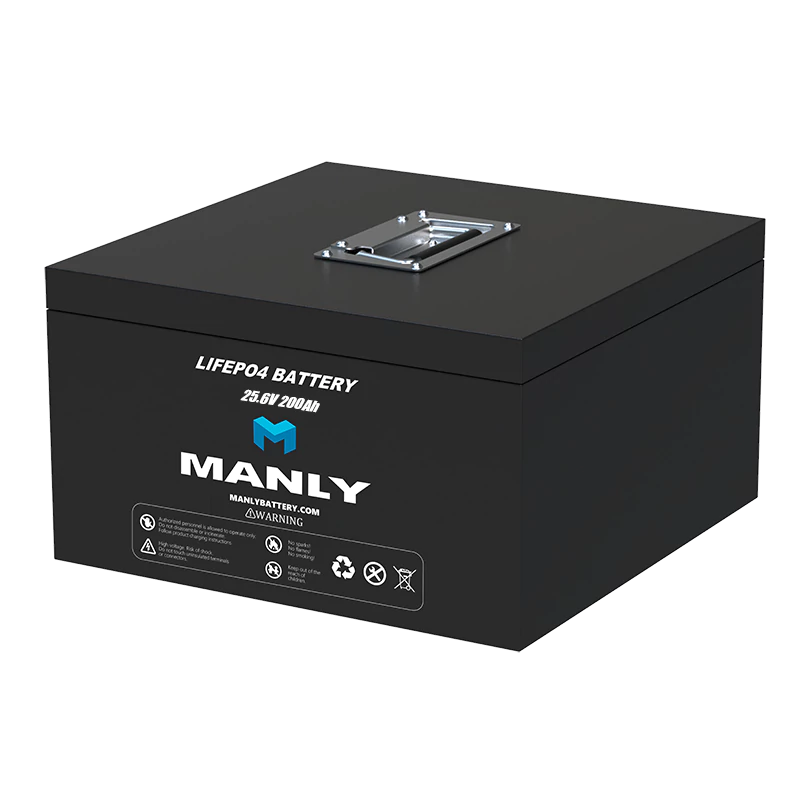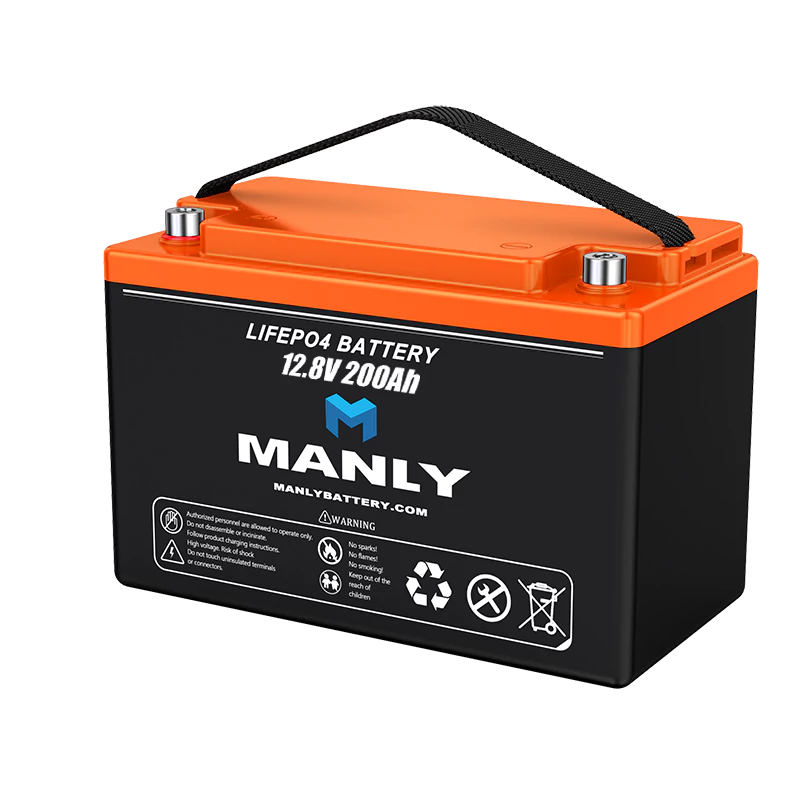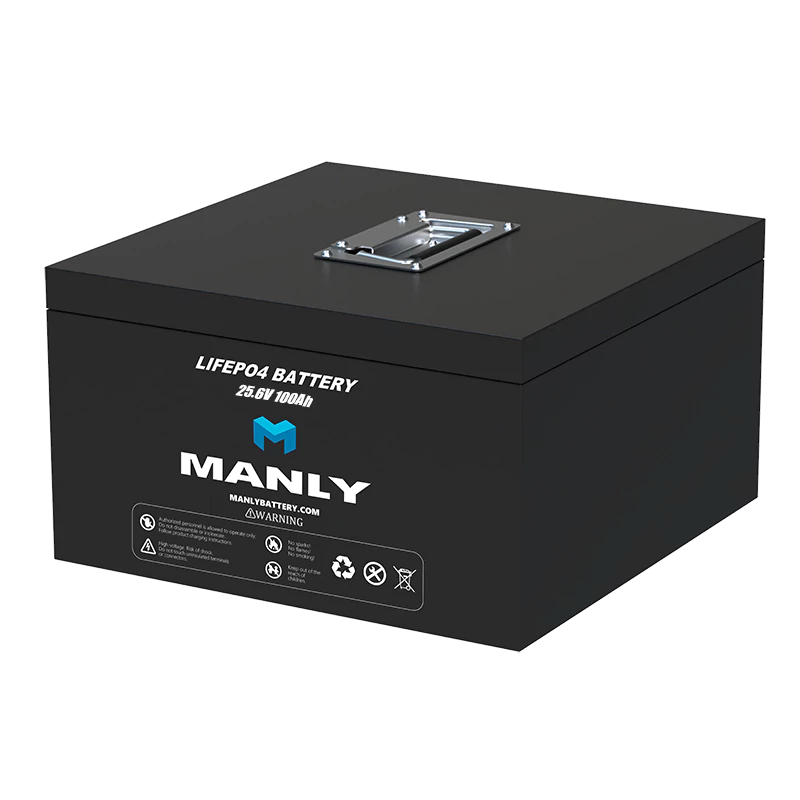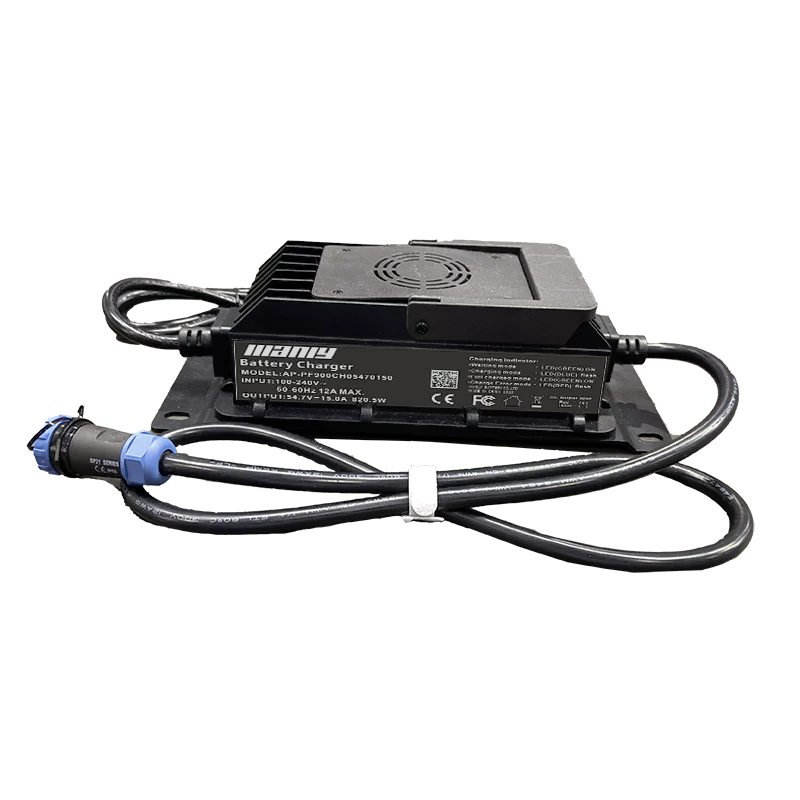8D Battery Ultimate Guide 2025 – Lead Acid to Lithium Shift
Table of Contents
- 8D Battery Ultimate Guide 2025 – Lead Acid to Lithium Shift
- What are 8D Batteries?
- Why are 8D Batteries so Large?
- Is a 4D Battery the Same as 8D?
- The Long-Lasting Power of 8D Lithium and AGM Batteries
- Essential Tips to Extend Your 8D Battery's Life
- 8D Batteries: Dual-Purpose vs. Deep Cycle Durability
- What are 8D Batteries Used For?
- Why Replace an 8D Lead Acid Battery with a Lithium 8D Battery?
- Why Buy from MANLY Battery?
- FAQs
- Learn More About Battery
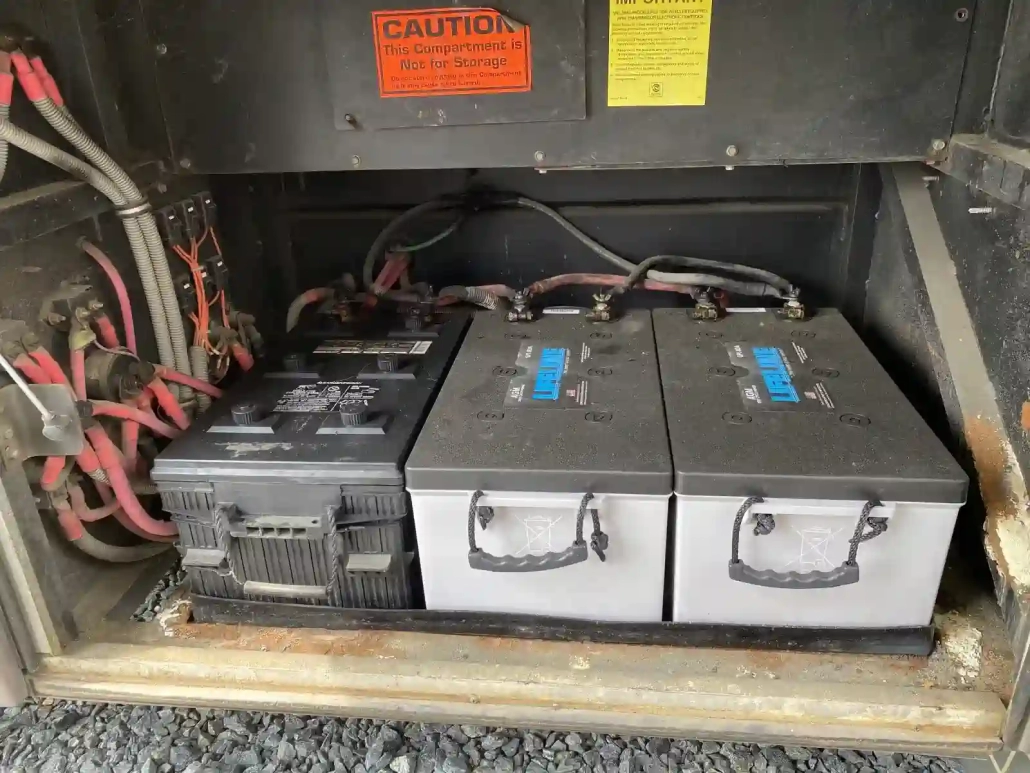
What are 8D Batteries?
To clear up any confusion and make sure everyone knows which battery setup is best for them, let's dive into what 8D batteries are all about.An 8D battery stands out as one of the largest 12-volt batteries you can find for sale right now. Batteries vary in size, and this size puts them into specific groups.Usually, an 8D battery measures about 21 inches long, 11 inches wide, and 10 inches tall. These big batteries are a big deal in the world of fun and relaxation, especially on boats and other watercraft. But, they're not just for the water. On land, they're getting more and more popular for power in places away from the city, in RVs, and in vehicles like that.These batteries are designed to last a long time and were made in big sizes so people can pick the best size for their needs. And yes, they're pretty heavy, weighing between 120 to 180 pounds.In the past, 8D batteries were usually made with lead-acid. But times are changing. Now, lots of folks prefer to use an 8D lithium battery instead.Why are 8D Batteries so Large?
Originally, 8D batteries were made using lead-acid technology, which meant they had to be large and heavy to fit the big, thick plates inside them.Weighing in at between 120 and 180 pounds, these batteries are definitely not the kind you'd pack for a camping trip. They're as heavy as a small person, making them tough for just anyone to lift.These batteries had extra lead and acid to boost their power output. However, this also meant they didn't last as long and were really heavy.But with the creation of lithium 8D battery, things have changed. These newer batteries weigh around 80 pounds, making them much easier to handle. And that's just the beginning of their advantages, as we'll explore further.Is a 4D Battery the Same as 8D?
If you're in the market for a new battery, you might stumble upon a 4D battery while you're looking around. So, you might wonder, are 4D batteries pretty much the same as 8D batteries?First off, 4D and 8D batteries are not the same. The biggest difference is their size. 4D is the next size down from 8D. Typically, 4D batteries measure 21 inches long, 9 inches wide, and 10 inches tall. They're still heavy, tipping the scales between 100 and 150 pounds.Because they're a bit smaller, 4D batteries can't hold as much power and don't provide as much energy for starting things up in cold weather. Usually, a 4D battery offers about 150 to 220 amp hours of power, with 900 to 1,300 amps for starting up in the cold.Just remember, these numbers can change from one battery to another.If you're looking for a 4D battery that's more efficient, easier to handle, and lighter, consider switching from a standard lead-acid to a lithium 4D battery. Lithium versions can give you up to three times more usable power for long-term use and weigh about 70 pounds.Here is a table comparing the 4D and 8D batteries:| Attribute | 4D Battery | 8D Battery |
|---|---|---|
| Size Group | 4D | 8D |
| Typical Dimensions (LxWxH) | 21"x9"x10" | 21"x11"x10" |
| Weight | 100-150 pounds | 120-180 pounds |
| Capacity (Amp Hours) | 150-220 amp-hours | 230-300 amp-hours |
| Cold Cranking Amps (CCA) | 900-1,300 CCA | Approx. 1,500 CCA |
The Long-Lasting Power of 8D Lithium and AGM Batteries
8D batteries are great for tough jobs, and how long they last is really important. Let's look at the lifespan of these batteries and what makes them last longer or shorter.How Long Lithium 8D Batteries LastLithium 8D batteries last a long time. Usually, they can go through about 4,000 times of being charged and used up. That's a lot more than the older kind of batteries, which only last for 1,000 to 1,500 charges.Easy to Take Care OfOne big plus of lithium 8D batteries is they don't need much work to keep them going. They don't need water added like the old batteries, and they can handle hot and cold weather really well.Life of AGM 8D BatteriesAGM 8D batteries are a bit different. They usually last for 3 to 5 years. But, if you take really good care of them, they can keep working for up to 7 years or more.How to Keep AGM Batteries Going StrongTo make an AGM battery last as long as possible, you should charge it often, try to keep it full, and not let it run out completely. Doing these things will help it last longer.Lithium-ion 8D Batteries: Lasting Even LongerLithium-ion 8D batteries are also known for lasting a long time. They can work well for 5 to 10 years, and sometimes even more, depending on how you use and take care of them. These batteries are good at dealing with being charged and used a lot, which helps them last longer.What Affects the Life of an 8D BatteryA few things can change how long an 8D battery lasts:- Use: How and how much you use the battery affects its life.
- Care: Taking good care of the battery and charging it right can make it last longer.
- Where It's Used: Really hot or cold places and tough conditions can make a battery not last as long.
Essential Tips to Extend Your 8D Battery's Life
8D batteries power up all sorts of gadgets, and making sure they last a long time is super important. Here are some tips to help your 8D batteries stay strong.Charge Them OftenMake sure to charge your 8D batteries regularly. When they start running low, you'll usually get a warning. Charging them before they're completely empty is a good idea because letting them run out all the way can hurt the battery after a while. Even if it doesn't seem like a big deal at first, letting your battery get too low too often can cause damage.Don't OverchargeBe careful not to leave your 8D battery charging for too long. Charging it more than needed can mess up the inside parts of the battery. If you use the battery a lot, it's even more important to watch out for overcharging since it can make the battery wear out faster.Pick the Right ChargerUse the charger that's meant for your 8D battery. Using the wrong charger can harm the battery.Keep Them CoolBatteries like to be in cool and dry spots. Keeping them away from really hot or cold places helps prevent damage from extreme temperatures.8D Batteries: Dual-Purpose vs. Deep Cycle Durability
8D batteries come in two main types: dual-purpose and deep cycle. Each type has its own special jobs and life expectancy.Dual-Purpose Group 8D BatteriesDual-purpose Group 8D batteries are really handy because they can do two big jobs. They can start engines with a strong power burst and keep a steady power flow for the electrical stuff on board. These batteries are great for motorhomes, boats, and RVs that need to start up and keep running smoothly.Benefits:- Strong Starting Power: They kickstart engines easily.
- Good at Handling Regular Use: They work well for many different jobs.
- Lots of Capacity: They're built for long-term power use.
- Tough in Repeated Use: They're good at being used and charged many times.
- Dual-Purpose Batteries: About 3-6 years, but it varies based on how you use and take care of them.
- Deep Cycle Batteries: They can last even longer, around 5-10 years, if you use them right and keep them in good shape.
What are 8D Batteries Used For?
8D and 4D batteries are super useful, especially in these situations:BoatsIf you love being on the water more than being on land, you're probably going to need an 8D battery. These batteries are perfect for boats because they can start big engines and keep going for a long time, which is really important for boat owners. Choosing an 8D lithium battery over a lead acid one means your battery will last longer and give you more power.Off-Grid Power SystemsWith living costs going up, a lot of people are looking to live off the grid or at least get some of their power from off-grid sources. 8D batteries are a top choice for these systems. They're often used in solar power setups for homes away from the city, like tiny homes or cabins, and even for people living in vans. Lithium batteries are especially good for off-grid living because they work more efficiently than lead acid batteries, giving about 95% efficiency compared to 70%.RVs and CampersYou'll also find 8D batteries in RVs and campers. They're usually the main power source for all the vehicle's needs when you're not driving. The big problem with the old lead acid 8D batteries was how heavy they were. This made them hard to change out and could even make the RV use more gas. But, an 8D lithium battery is a lot lighter, which is a big plus.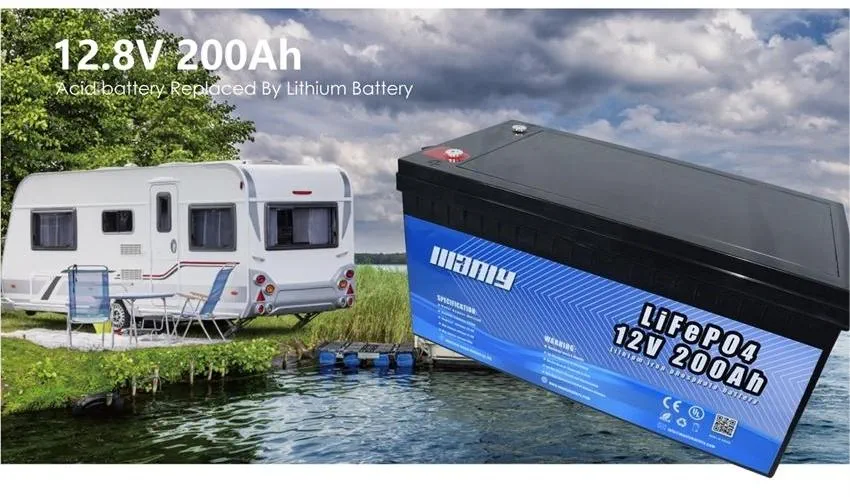
Why Replace an 8D Lead Acid Battery with a Lithium 8D Battery?
You've probably heard us talk a lot about the great things lithium 8D batteries bring to the table. Yet, we haven't dived deep into the details. Let's look at why swapping your old lead acid battery for a new 8D lithium battery is a smart move.Charges Way FasterA big plus of changing from a lead acid to a lithium battery is how quickly they charge. Depending on which one you pick, many lithium 8D batteries can charge up to five times faster than lead acid ones.Much LighterAnother big win for lithium batteries over lead acid ones is they're a lot lighter. Lead acid 8D batteries can be really heavy, up to 180 pounds. That's not easy to deal with. But, a lithium battery can be about 100 pounds lighter. This makes things easier and can help the vehicle they're in use less gas.Super Safe and DependableWhile lead acid 8D batteries are usually safe and dependable, lithium batteries take reliability to a new level. They have something called a battery management system (BMS) built right in. This system keeps an eye on the batteries, makes sure the cells are balanced, stops damage, and helps the battery last longer.Think of the BMS as a built-in guardian that makes sure the battery works right and stays safe.Here is a table of the key differences between group 8D lithium battery and lead acid battery:| Feature | Group 8D Lithium Battery | Group 8D Lead Acid Battery |
|---|---|---|
| Depth of Discharge (DoD) | Can be discharged to 80-100% with no impact on cycle life. Supports 4000 cycles lifespan. | Best kept around 50% to increase charge/discharge cycles. At 80-100% DoD, reduced to 200-400 cycles. |
| Weight | Approximately one-third the weight of lead-acid batteries. | Heavier, typically three times the weight of lithium batteries. |
| Safety Features | Sealed; no potential for acid spills, corrosion, sulfation, or contamination. No reported safety hazards. | Contains high-risk chemicals (sulphuric acid, lead). Risks include acid contact, explosion from hydrogen and oxygen gases, and requires PPE for safety. |
| Charging Time | Can be fully recharged in 1-2 hours; 2-5 hours recommended. | Requires 5-10 hours to be fully recharged. |
Why Buy from MANLY Battery?
Despite the fact that there are plenty of battery manufacturers and suppliers out there, most agree that MANLYbattery.com are one of the best in the industry today.MANLY Battery have a wealth of experience behind them, they offer 8D battery products, lithium batteries, and many more besides, all for very reasonable prices. The batteries are built to the very highest of specs and are built to last years, if not decades.Still not convinced? Head on over to their website and see for yourself. You won’t regret it.FAQs
How Much Does an 8d Battery Weigh?
An 8D battery typically weighs between 120 to 180 pounds. These batteries are known for their substantial capacity, ranging from 230 to 300 amp hours. They are also capable of providing around 1,500 cold cranking amps (CCA), making them a robust choice for applications requiring high power and reliability. Their weight reflects their large size and capacity, important factors to consider for transportation and installation in various industrial applications.Are All 8d Batteries Deep Cycle?
Not all 8D batteries are deep cycle. The 8D designation primarily refers to the physical size and shape of the battery, rather than its specific type or functionality. While many 8D batteries are designed as deep cycle batteries, especially for applications requiring long, sustained power delivery, such as in marine, RV, or solar energy systems, there are also 8D batteries that are designed for starting purposes or as dual-purpose batteries. It's essential to check the specifications of each 8D battery to determine whether it is a deep cycle type, as the internal construction and intended use can vary significantly.
How Long Do 8d Batteries Last?
The lifespan of 8D batteries varies significantly based on their type and usage. For lithium 8D batteries, they can last for about 4,000 charge cycles, substantially outperforming lead-acid batteries, which typically last for 1,000 to 1,500 charge cycles. The low maintenance requirements of lithium 8D batteries, coupled with their resilience to various temperature conditions, contribute to their extended lifespan.On the other hand, AGM (Absorbent Glass Mat) 8D batteries generally last between 3 to 5 years, but with proper care and maintenance, their lifespan can extend up to 7 years or more. Maintaining AGM batteries involves regular charging, keeping them at full capacity, and avoiding deep discharges.Lithium-ion 8D batteries offer a longer-lasting option, with lifespans ranging between 5 to 10 years or more, depending on usage and maintenance. They are designed to handle high charge and discharge rates efficiently, which contributes to their durability.The lifespan of 8D batteries, irrespective of their type, is influenced by factors such as usage patterns, maintenance practices, and environmental conditions. Regular maintenance and proper charging practices are key to extending the lifespan of these batteries.
How Many Amp Hours Is an 8d Battery?
The amp-hour capacity of an 8D battery can vary depending on its specific design and chemistry. Generally, 8D batteries have a capacity range from 230 to 300 amp hours. This range is quite broad due to the different types of 8D batteries available, including lithium, AGM, and other variants. It's important to note that the exact capacity can vary between manufacturers and specific models. For precise capacity information, it's recommended to refer to the manufacturer's datasheet or specification guide for the specific 8D battery model in question. This capacity range makes 8D batteries suitable for high-demand applications, offering a reliable power source for extended periods.

